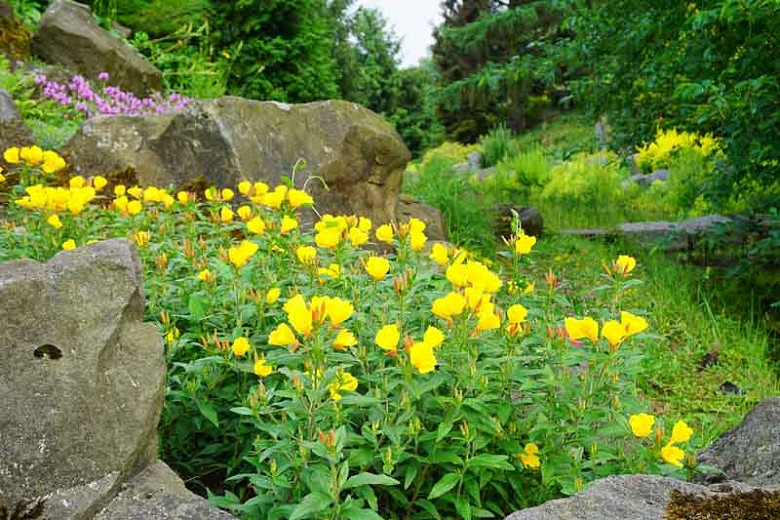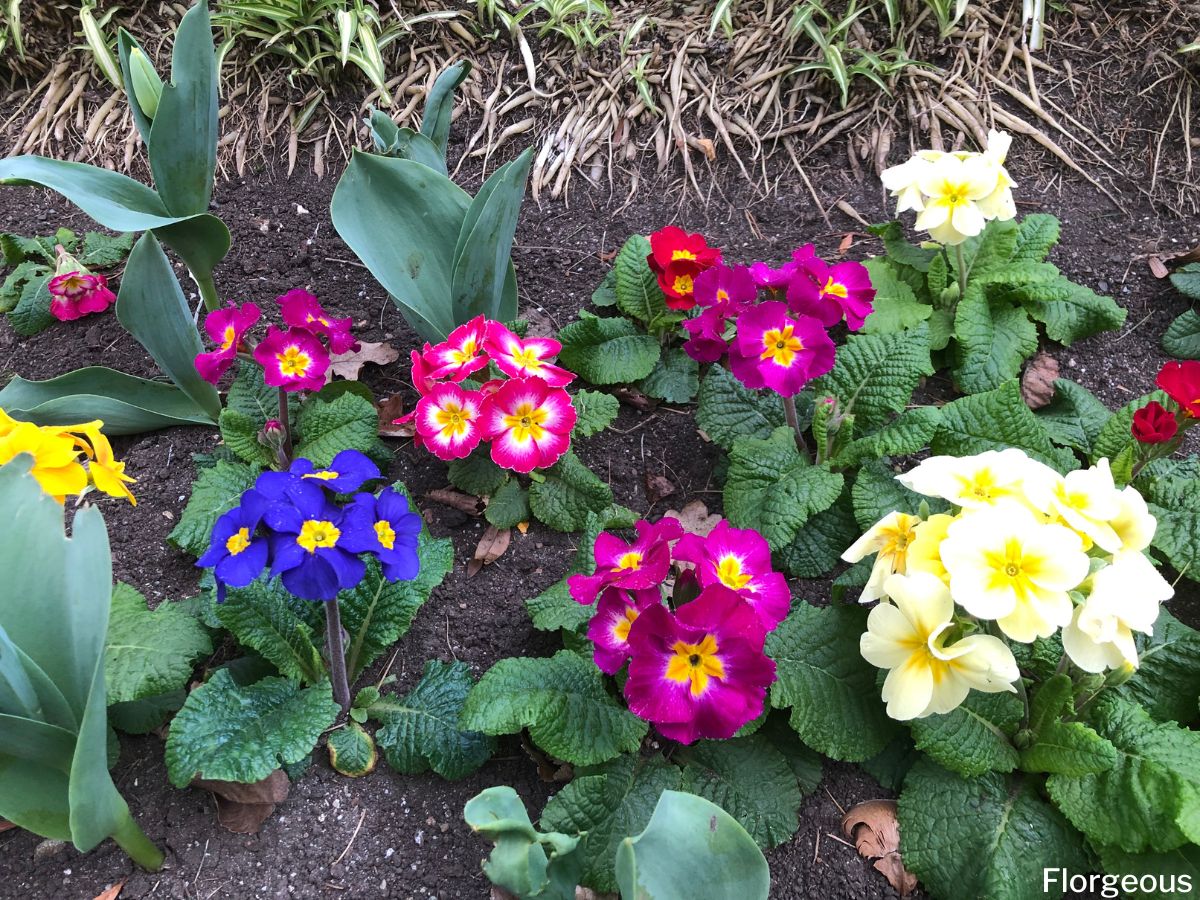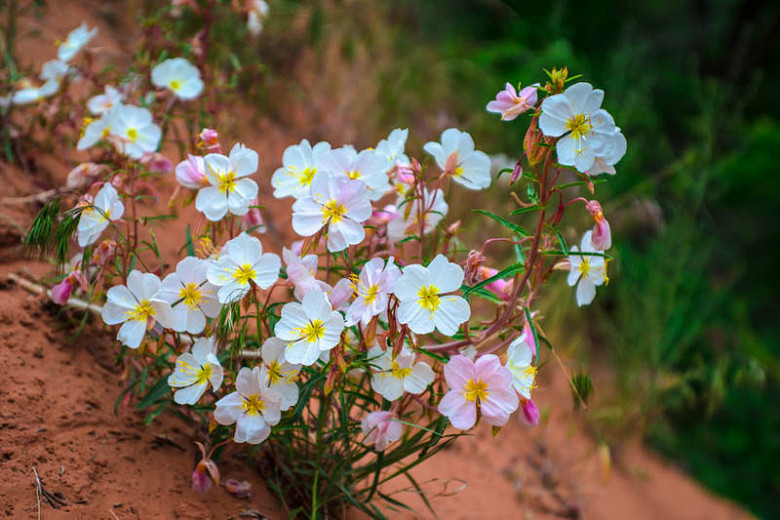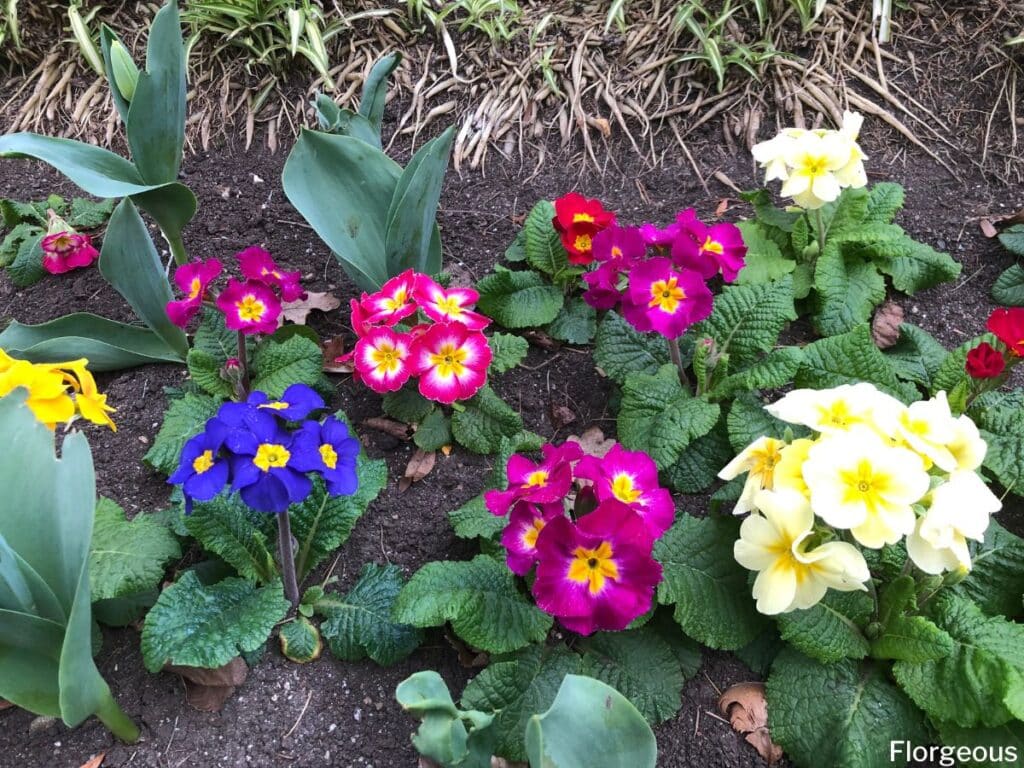Best Companion Plants For Evening Primrose
Title:The Best Companion Plants for Evening Primrose
Introduction:
Evening primrose is a beautiful and versatile plant that can add a touch of color and interest to any garden. It is also a relatively low-maintenance plant, making it a good choice for even novice gardeners.
One of the best things about evening primrose is that it can be paired with a variety of other plants to create a stunning and harmonious garden display. In this blog post, we will discuss some of the best companion plants for evening primrose.
Main Content:
Bee Balm
Bee balm is a tall, herbaceous perennial that blooms in shades of pink, red, and purple. It is a magnet for pollinators, including bees, butterflies, and hummingbirds. Bee balm also has a strong, minty scent that can help to deter pests.
Calendula
Calendula is a low-growing annual that blooms in shades of yellow, orange, and gold. It is a hardy plant that can tolerate a variety of conditions, including poor soil and drought. Calendula is also known for its medicinal properties. It has been used to treat a variety of ailments, including cuts, bruises, and burns.
Coneflower
Coneflower is a tall, daisy-like wildflower that blooms in shades of purple, pink, and white. It is a popular choice for pollinator gardens and is a favorite of butterflies and bees. Coneflower is also a relatively deer-resistant plant.
Echinacea
Echinacea is a tall, spiky perennial that blooms in shades of purple, pink, and white. It is a well-known medicinal plant that has been used to treat a variety of ailments, including colds, flu, and infections. Echinacea is also a deer-resistant plant.
Goldenrod
Goldenrod is a tall, upright perennial that blooms in bright yellow flowers. It is a popular choice for fall gardens and is a magnet for butterflies. Goldenrod is also a good choice for attracting beneficial insects, such as ladybugs and lacewings.
Lavender
Lavender is a low-growing, evergreen shrub that blooms in shades of purple, pink, and white. It is a fragrant plant that is often used in aromatherapy. Lavender is also a deer-resistant plant.
Marigold
Marigold is an annual that blooms in shades of yellow, orange, and red. It is a hardy plant that can tolerate a variety of conditions, including poor soil and drought. Marigolds are known for their insect-repelling properties. They can help to deter pests, such as mosquitoes, flies, and beetles.
Mint
Mint is a low-growing, spreading perennial that blooms in shades of white, pink, and purple. It is a fragrant plant that is often used in cooking and tea. Mint is also a deer-resistant plant.
Sunflower
Sunflower is a tall, annual that blooms in shades of yellow, orange, and red. It is a popular choice for gardens and is a favorite of children. Sunflowers are also a good source of nectar for pollinators.
Yarrow
Yarrow is a low-growing, hardy perennial that blooms in shades of white, yellow, and pink. It is a drought-tolerant plant that is often used in rock gardens and borders. Yarrow is also a deer-resistant plant.
Conclusion:
These are just a few of the many companion plants that can be paired with evening primrose. When choosing companion plants, it is important to consider the plant's size, sun and water requirements, and bloom time. By pairing compatible plants together, you can create a garden that is both beautiful and functional.
Evening primrose is a beautiful and versatile plant that can add a touch of color to any garden. But did you know that it can also attract beneficial insects and deter pests? When choosing companion plants for evening primrose, it's important to consider the plant's needs and the desired effect. For example, if you want to attract pollinators, you might plant evening primrose with other flowers that bloom at the same time, such as marigolds or sunflowers. If you're looking to deter pests, you might plant evening primrose with herbs such as lavender or mint.
To learn more about the best companion plants for evening primrose, visit Home Gardening.
FAQ of evening primrose companion plants
- What are some good companion plants for evening primrose?
Some good companion plants for evening primrose include:
Tall plants: Evening primrose can be a bit rangy, so it's a good idea to plant it with taller plants that will help to fill in the space and provide some support. Some good options include sunflowers, hollyhocks, and cosmos.
Low-growing plants: If you're short on space, you can also plant evening primrose with low-growing plants, such as lamb's ear, catmint, or creeping thyme. These plants will help to fill in the space and add some interest to the groundcover.
Attract pollinators: Evening primrose is a magnet for pollinators, so it's a good idea to plant it with other flowers that attract these beneficial insects. Some good options include lavender, zinnias, and marigolds.
Tolerate wet soil: Evening primrose can tolerate wet soil, so it's a good choice for areas that tend to be soggy. Some other plants that tolerate wet soil include iris, daylilies, and hostas.
How far apart should I plant evening primrose?
Evening primrose plants can grow quite large, so it's important to plant them far enough apart so that they have room to spread. A good rule of thumb is to plant them about 2-3 feet apart.
- When should I plant evening primrose?
Evening primrose can be planted in the spring or fall. If you're planting them in the spring, wait until the soil has warmed up to at least 60 degrees Fahrenheit. If you're planting them in the fall, plant them at least six weeks before the first frost.
- How do I care for evening primrose?
Evening primrose is a relatively easy plant to care for. It needs full sun and well-drained soil. Water it regularly, especially during hot, dry weather. You may need to fertilize it once or twice a year with a balanced fertilizer.
- How long does it take for evening primrose to flower?
Evening primrose is a biennial plant, which means it takes two years to complete its life cycle. In the first year, the plant will focus on growing its roots and leaves. In the second year, it will flower and then die. The flowers typically bloom in the summer and fall.
- How do I propagate evening primrose?
Evening primrose can be propagated from seed or by division. To propagate from seed, sow the seeds in the spring or fall in a well-drained soil. To propagate by division, dig up a mature plant in the fall and divide it into several smaller plants. Plant the smaller plants in a new location.
Image of evening primrose companion plants
- Sunflowers. Sunflowers are tall, sunny plants that complement the evening primrose's delicate flowers. They also attract pollinators, which can help to improve the pollination of both plants.

- Coneflowers. Coneflowers are another tall, sunny plant that can be planted with evening primrose. They come in a variety of colors, so you can choose ones that will complement the evening primrose's flowers.

- Buttercups. Buttercups are a low-growing plant that can be planted in front of evening primrose. They have bright yellow flowers that will add a splash of color to your garden.

- Yarrow. Yarrow is a hardy plant that can tolerate poor soil and dry conditions. It has white or yellow flowers that bloom in the summer.
- Lavender. Lavender is a fragrant plant that can be planted with evening primrose. It attracts pollinators and has purple flowers that bloom in the summer.

- Chrysanthemums. Chrysanthemums are a popular fall flower that can also be planted with evening primrose. They come in a variety of colors, so you can choose ones that will complement the evening primrose's flowers.

- Zinnia. Zinnias are a colorful flower that can be planted with evening primrose. They come in a variety of colors, so you can choose ones that will complement the evening primrose's flowers.

- Marigolds. Marigolds are a bright, cheerful flower that can be planted with evening primrose. They come in a variety of colors, so you can choose ones that will complement the evening primrose's flowers.

- Petunias. Petunias are a popular annual flower that can be planted with evening primrose. They come in a variety of colors, so you can choose ones that will complement the evening primrose's flowers.
- Calendula. Calendula is a hardy plant that can tolerate poor soil and dry conditions. It has bright orange or yellow flowers that bloom in the summer.
Post a Comment for " Best Companion Plants For Evening Primrose"